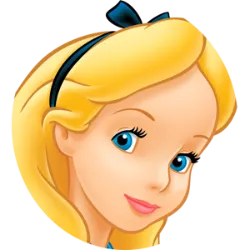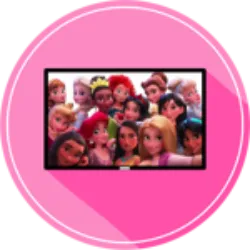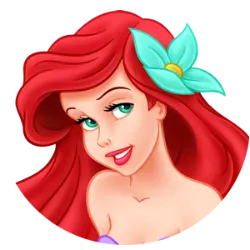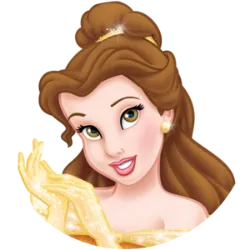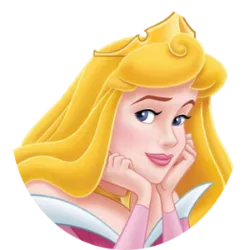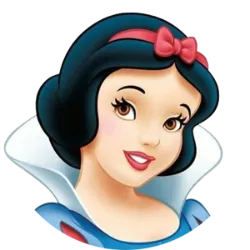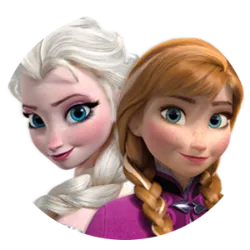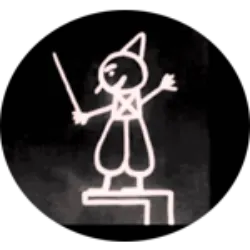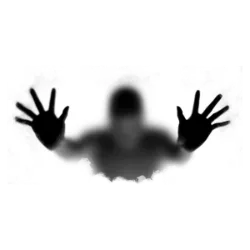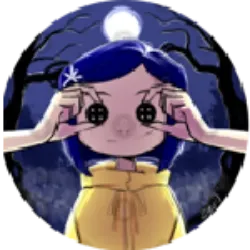Alice was a real person
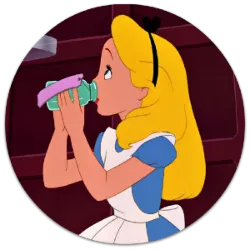
Historical research confirms that the iconic Alice, protagonist of Alice in Wonderland, was inspired by a real person: Alice Liddell, daughter of Henry Liddell, a close friend of Charles Lutwidge Dodgson, better known as Lewis Carroll. Dodgson, who was a mathematician, photographer, and writer, developed a special friendship with the Liddell family, often spending time with the three daughters, Alice, Lorina, and Edith.
The curiosity, imagination, and personality of young Alice are said to have captivated Carroll, who, during a boat trip in 1862, began telling fantastic stories to entertain the girls. Those improvised tales later became the book published in 1865, immortalizing Alice as a symbol of childhood innocence and adventure.
Beyond the literary inspiration, documents and letters from the time show that Dodgson photographed Alice Liddell, capturing her at different moments of her childhood, which reinforces the connection between the character and the real girl. Although the book is full of fantasy, many details—such as her incessant curiosity and courage in the face of the unknown—reflect traits of Alice Liddell herself.
The Boat Ride that Brought Alice
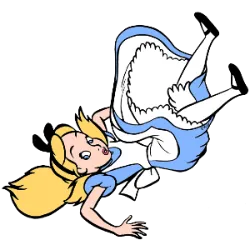
The classic Alice’s Adventures in Wonderland emerged unexpectedly on a summer day, July 4, 1862. On that date, Charles Lutwidge Dodgson—better known by his pseudonym Lewis Carroll—invited three sisters for a boat trip along the River Thames: Lorina, Edith, and Alice Liddell, daughters of Henry Liddell, dean of Christ Church, Oxford. During the journey, to drive away boredom and enchant the girls, Carroll began narrating a fantastic adventure filled with eccentric characters and absurd situations. Young Alice, only 10 years old, was so fascinated by the story that she asked the author to write it down.
Fulfilling her request, Carroll first drafted the manuscript Alice’s Adventures Under Ground, which, after revisions and new ideas, would be published in 1865 under its definitive title Alice’s Adventures in Wonderland. The boat episode is considered one of the most important moments in English literature, as it gave birth to one of the most celebrated children’s tales in the world.
More than 160 years later, the trip along the Thames is still remembered as the creative spark that turned an ordinary afternoon among friends into one of the most enduring and influential narratives in world culture.
Test yourself with one of these challenges 👇
Discover some interesting facts about Alice in Wonderland
Alice and Her Secrets
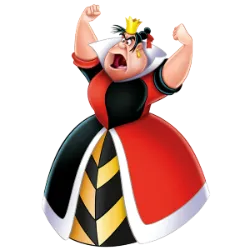
Since its publication in 1865, Alice’s Adventures in Wonderland has delighted generations, and part of its success is due to John Tenniel’s iconic illustrations. His detailed and expressive drawings helped shape Lewis Carroll’s imagination and remain a reference in modern editions, keeping alive the image of Alice and the characters who have become symbols of children’s literature.
Another curious detail concerns the Queen of Hearts, famous for ordering “Off with their heads!”. Despite her reputation as a ruthless villain, Carroll did not create her as a classic antagonist, but rather as a satire of authoritarianism and tyranny. The caricatured character is a humorous critique of exaggerated power, turning what could have been a feared villain into an absurd and memorable figure.
Between striking illustrations and multi-layered characters, Alice in Wonderland shows that the work goes far beyond children’s fantasy: it is also a reflection of its author’s intelligence and subtle humor, who combined art and social critique in a way unprecedented for his time.
Through the Looking-Glass

In 1871, six years after the success of Alice’s Adventures in Wonderland, Lewis Carroll released the sequel Through the Looking-Glass, and What Alice Found There, a lesser-known but equally fascinating work. In this story, Alice passes through a mirror into an inverted world, full of reversed logic and surprises, where she meets characters who have become classics, such as Tweedledee and Tweedledum.
Another highlight of the book is the nonsense poem Jabberwocky, which showcases Carroll’s linguistic inventiveness. With invented words and fantastic imagery, the poem continues to delight readers and literary scholars alike, studied as an example of creativity and wordplay.
Although it did not achieve the immediate fame of the first book, Through the Looking-Glass solidified Carroll’s talent for combining fantasy, humor, and logic, expanding Alice’s universe with memorable characters and surprising adventures. The sequel demonstrates that the author’s imagination had no limits, offering the protagonist new worlds to explore and captivating both new and old readers.
The poem “Jabberwocky”
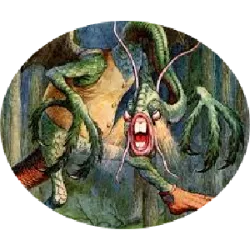
The poem “Jabberwocky” is Lewis Carroll’s most famous nonsense poem, included in Through the Looking-Glass, and What Alice Found There (1871). It mixes invented words with poetic sound, creating a fantastic atmosphere full of imagination.
Jabberwocky
It was brillig, and the slithy toves
did gyre and gimble in the wabe;
all mimsy were the borogoves,
and the mome raths outgrabe.
“Beware the Jabberwock, my son!
The jaws that bite, the claws that catch!
Beware the Jubjub bird, and shun
the frumious Bandersnatch!”
He took his vorpal sword in hand;
long time the manxome foe he sought—
so rested he by the Tumtum tree
and stood awhile in thought.
And as in uffish thought he stood,
the Jabberwock, with eyes of flame,
came whiffling through the tulgey wood,
and burbled as it came!
One, two! One, two! And through and through
the vorpal blade went snicker-snack!
He left it dead, and with its head
he went galumphing back.
“And hast thou slain the Jabberwock?
Come to my arms, my beamish boy!
O frabjous day! Callooh! Callay!”
He chortled in his joy.
It was brillig, and the slithy toves
did gyre and gimble in the wabe;
all mimsy were the borogoves,
and the mome raths outgrabe.
The Animation Challenge that Became a Classic
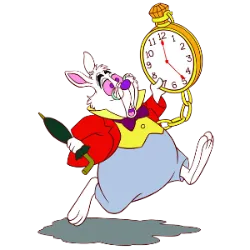
The production of the animated film Alice in Wonderland, released by Disney in 1951, was long and challenging, taking five years to complete. The complexity of the animation and the need to adapt Lewis Carroll’s surreal story for a children’s audience demanded extraordinary effort from the team. Every detail, from the characters’ expressions to the fantastic settings, was carefully designed to preserve the spirit of the book while making the narrative accessible and engaging for children.
Another interesting detail concerns the protagonist. Alice was voiced by actress Kathryn Beaumont, a young Englishwoman studying in the United States. Despite her British origin, Beaumont retained a slight British accent in the final version, giving the character a unique blend of authenticity and adaptability to the American audience.
After years of meticulous production and curious casting choices, Alice in Wonderland became a landmark in animation, proving that the combination of artistic talent, patience, and attention to detail can transform a classic story into an unforgettable work for generations.
Classic inspirations
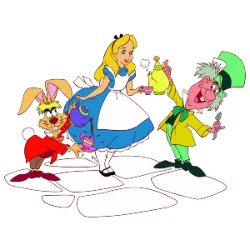
Disney’s Alice in Wonderland, released in 1951, brought Lewis Carroll’s book to the screen with meticulous attention to visual details. The film’s animators were directly inspired by John Tenniel’s original illustrations, the artist responsible for the most iconic drawings of the first editions. This choice ensured that the characters preserved the essence of their literary versions, maintaining distinctive traits that have endured for generations. Figures such as the White Rabbit, the Mad Hatter, and the Queen of Hearts came to life in animation while retaining their Victorian roots.
Beyond the visuals, music played a crucial role in the film’s success. Songs like I’m Late, sung by the frantic White Rabbit, and The Unbirthday Song, marked by the surreal humor of the Hatter and the March Hare, became Disney soundtrack classics. However, not all compositions reached the final cut: several songs were altered or removed during production to keep the film’s pacing light and dynamic.
Test yourself with one of these challenges 👇
HOME
